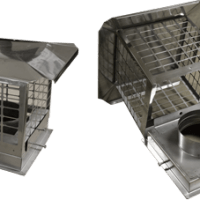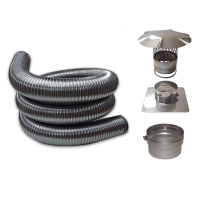On a blustery winter day it’s always great to have a fire in the fireplace, but you are afraid of the smoke pouring into the home like it did last time. You can fix your faulty fireplace with a few steps with these tips.
In addition to being an annoying nuisance, a smoky fireplace will stain walls, blinds and make your home smell. Most importantly, it is very unhealthy to breathe in this smoke.
The first thing is to be sure that your damper is open. Next step, pre-heat the chimney. This starts a strong draft. Light a piece of newspaper and hold it up near the damper to warm the air inside the chimney. This will create a strong draft helping prevent smoke from spilling into your home.
You also need to choose the right wood. Use seasoned wood, not green wet wood which has too much moisture and will smoke. Make sure you burn well seasoned wood. Buy a moisture meter to make sure your wood is well seasoned.
You may also have to open a window slightly. If there is not enough air flow into the room, a fire will not ignite, only smolder. Older homes usually have plenty of air leaks coming into the home, but a newer, well insulated, air tight home may not have enough air circulating to let the fire burn efficiently.
Make sure you are using a fireplace grill that is elevated off of the floor. Sometimes you may need to raise it by placing bricks under the grill to create more air flow.
Many times masons build fireplace opening that are too large for the size of the chimney. Basically the chimney cannot handle the amount of air entering the fireplace, so the extra smoke pours into the home. You can install a product called a Smoke Guard that reduces the opening of the fireplace.
Make sure the flues are clean. Leaves, debris, birds nests and other objects may be impeding the smoke from exiting the home freely. Have the fireplace cleaned.
If none of these solutions work, you may have a coating of creosote that has formed on the inside of the chimney. This is a by product of burning wood, but the only way to get rid of it is a mechanical cleaning.





